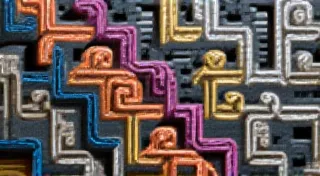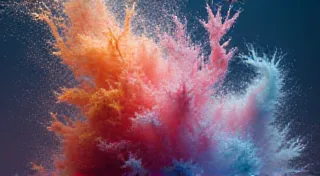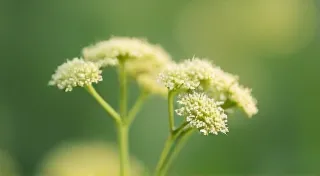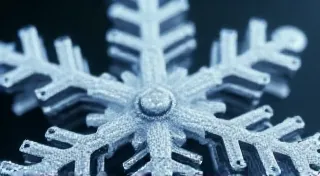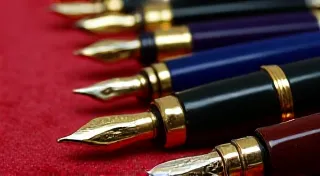Whispers from the Dust: Unearthing Emotion Through Chalk Texture
There's a particular scent that clings to old things, isn't there? Not just the smell of age, of decaying wood or musty fabric, but something deeper – a whisper of stories held within, of lives lived and moments passed. For me, that scent is inseparable from the faint, dusty aroma of antique accordions, and from the feeling of chalk dust settling on my fingertips. It’s a connection born of both an appreciation for intricate craftsmanship and a surprising kinship found within the texture of chalk.
My grandmother, a woman of quiet strength and a profound love for music, possessed a small collection of forgotten treasures. Among them, a beat-up accordion, its bellows worn and its keys yellowed with age. She never played it, mind you. It sat silently in a corner of the parlor, a relic of a past she rarely spoke of. As a child, I’d spend hours tracing the patterns on its mother-of-pearl keys, imagining the melodies it once held, the laughter it accompanied. It represented a mystery, a portal to a life both familiar and utterly foreign.
That early fascination with the accordion blossomed into a wider appreciation for the beauty of decay, the poetry of imperfection. And that’s where chalkboard art entered the picture. It’s often perceived as a bright, playful medium – perfect for cafe menus and cheerful announcements. But beyond the smooth, uniform surfaces, lies a world of expressive potential residing in the *texture* of the chalk itself.
The Language of Chalk Texture
Think about it: chalk isn't a monolithic substance. It comes in different forms – soft pastels, hard compressed chalk, even liquid chalk. Each offers a distinct feel and, crucially, a different textural quality. A powdery blur created with soft pastel chalk can evoke a sense of nostalgia, melancholy, or a dreamlike state. It's the visual equivalent of a soft sigh.
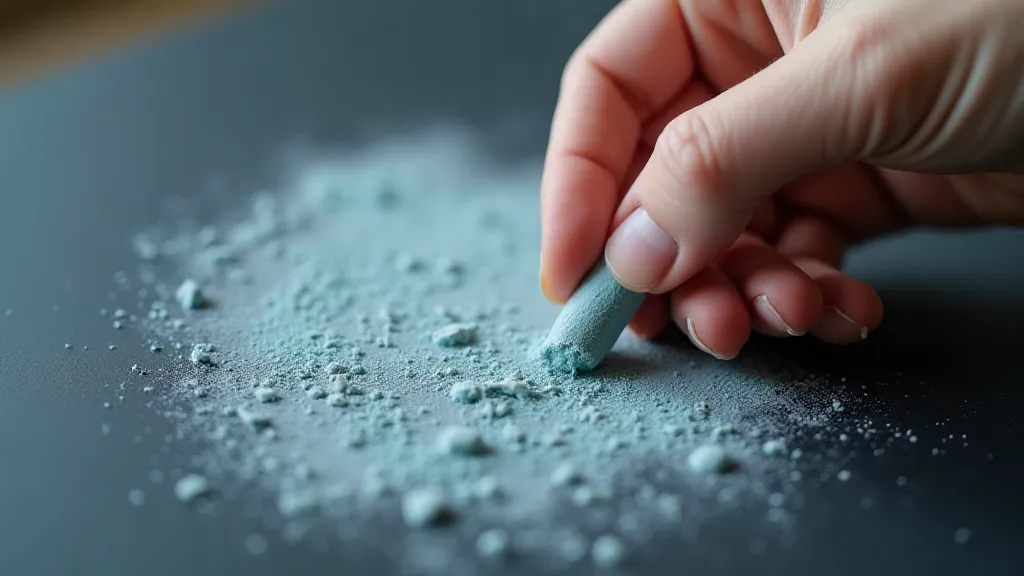
Contrast that with the sharp, crisp strokes of hard chalk. This texture commands attention. It’s bold, confident, and can convey a sense of strength, clarity, or even urgency. Think about old-fashioned shop signs, meticulously hand-lettered with a firmness that radiates trustworthiness and longevity. That's the power of a precise, textured chalk stroke.
The beauty, I’ve discovered, isn't just in the finished piece; it's in the process of *creating* that texture. The deliberate application of pressure, the strategic layering of colours, the mindful blending – all contribute to the emotional resonance of the artwork.
Echoes of the Past: Craftsmanship and Imperfection
My grandmother's accordion, like all antique instruments, speaks volumes about the craftsmanship of a bygone era. Each bellows fold, each meticulously carved detail, represented countless hours of labor and a dedication to quality that's rarely seen today. The wear and tear, the scuffs and scratches – these aren’t flaws; they're a record of the instrument's history, a tangible connection to the hands that played it, the rooms it filled with music.
Similarly, in chalkboard art, embracing texture isn't about achieving perfect smoothness. It's about allowing the imperfections to shine. A slight smudging here, a graininess there – these elements add character and depth. They ground the artwork in reality, making it feel more authentic and emotionally engaging.
Consider antique signage. The lettering wasn't laser-cut or digitally printed. It was crafted by hand, using chalk, paint, or even carved directly into wood. The resulting signs possessed a unique charm, a sense of personality that's lost in the age of mass production.
The Restoration and the Revelation
Years after my grandmother passed, I finally attempted to restore her accordion. The task was daunting. The bellows were cracked, the keys were sticky, and the overall condition was fragile. Yet, as I painstakingly cleaned and repaired it, I felt a deep sense of connection to her, to the artisans who built it, and to the history it embodied.
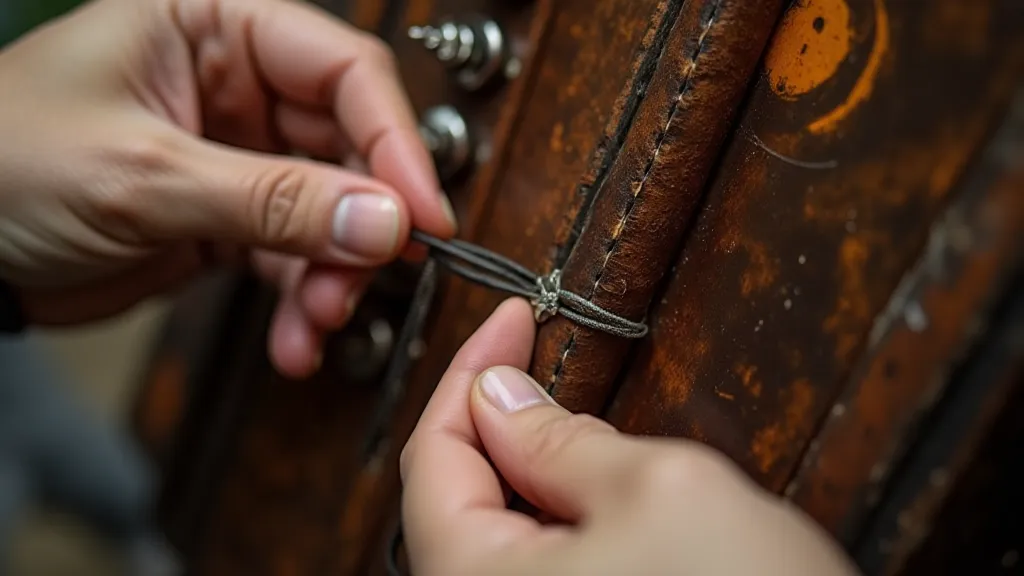
The process of restoration wasn't about erasing the signs of age; it was about preserving them, about stabilizing the instrument so it could continue to tell its story. The faint scratches on the mother-of-pearl keys, the slight yellowing of the leather – these imperfections weren't defects to be eliminated; they were integral parts of the accordion’s narrative.
This philosophy applies equally to chalkboard art. A perfectly clean slate offers little opportunity for emotional expression. It’s the subtle textures, the deliberate imperfections, that unlock the artwork's potential to resonate with the viewer. It’s about embracing the dust, the grain, the slight smudges – the very things that make the artwork feel human.
Beyond the Surface: Chalk Lettering Techniques
Achieving this nuanced textural quality in chalk lettering requires a mindful approach. Experiment with different chalk types – from powdery pastels to hard compressed chalks – to understand how each affects the overall feel. Use a light touch for soft, blended textures, and apply more pressure for crisp, defined strokes. Layer colours to create depth and dimension. Don't be afraid to smudge, blend, and experiment. Mistakes aren't failures; they’re opportunities to learn and discover new techniques.
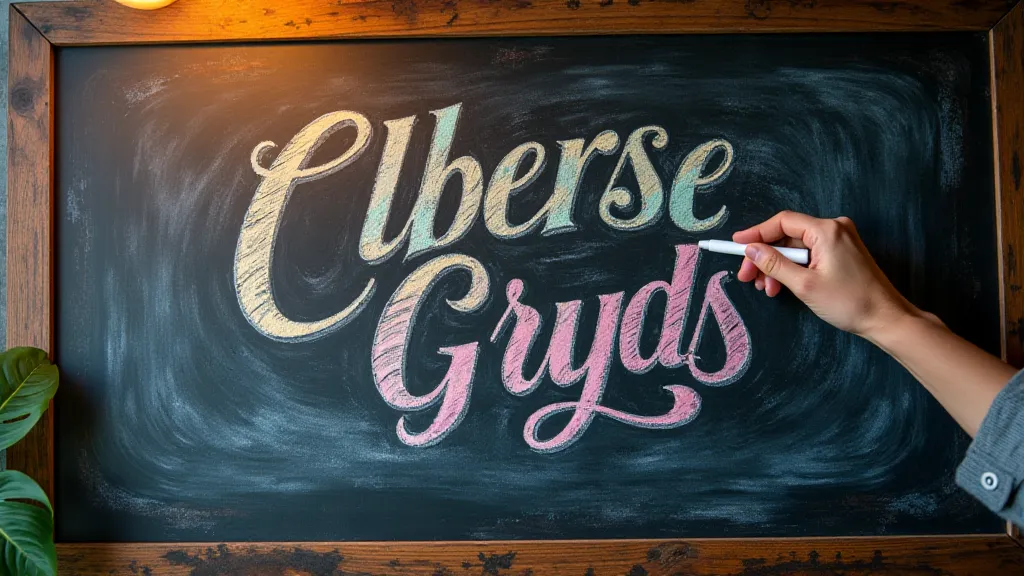
Consider using stencils for precise shapes, but then intentionally roughen the edges to soften the overall effect. Explore techniques like dry brushing, where a small amount of chalk is applied with a light, sweeping motion to create a subtle, grainy texture. Ultimately, the key is to develop a personal style that embraces imperfection and celebrates the unique qualities of the medium.
The world of chalkboard art is so much more than a medium for simple announcements. It's a canvas for emotional expression, a way to connect with the past, and a celebration of the beauty of imperfection. Like the whispered melodies from an old accordion, the textures of chalk speak volumes – if only we take the time to listen.
